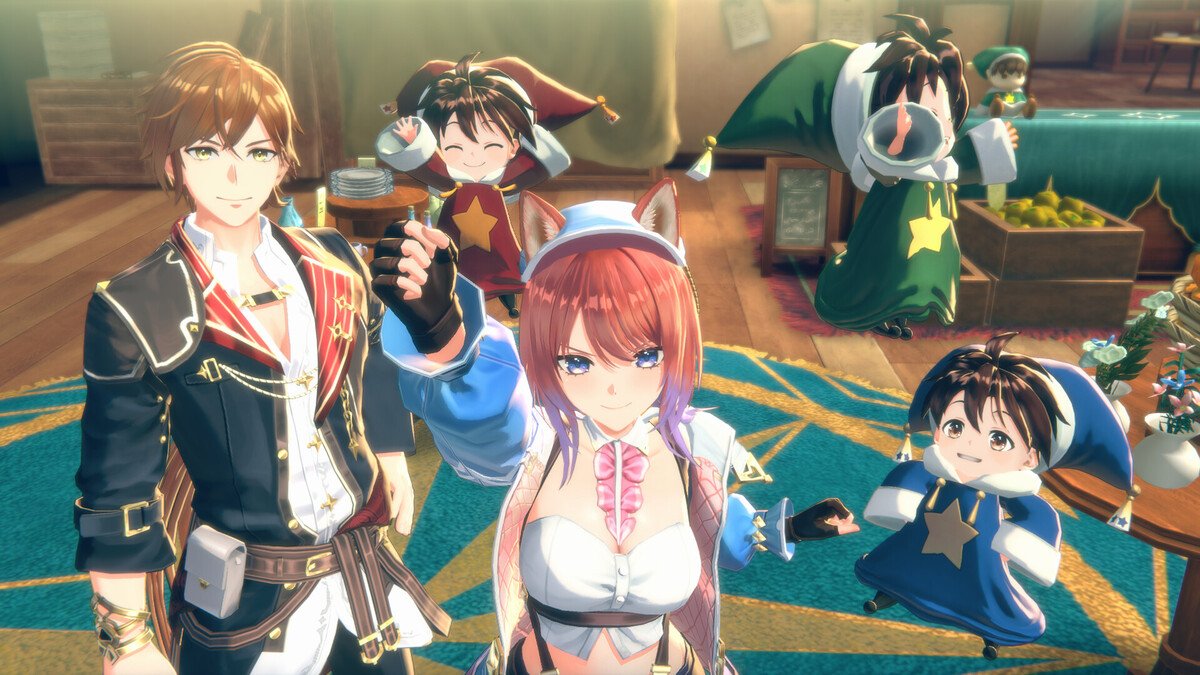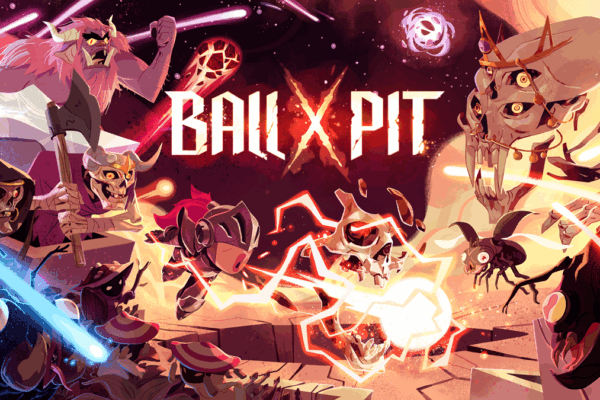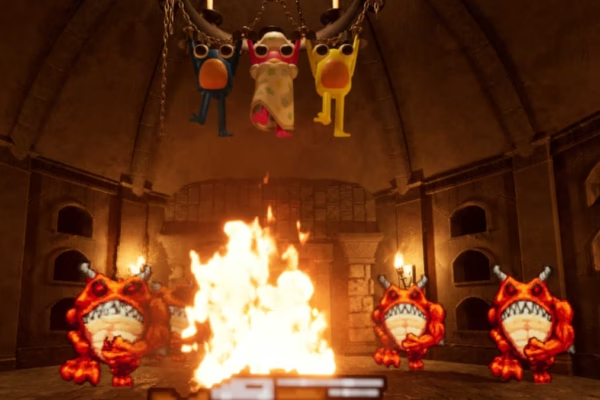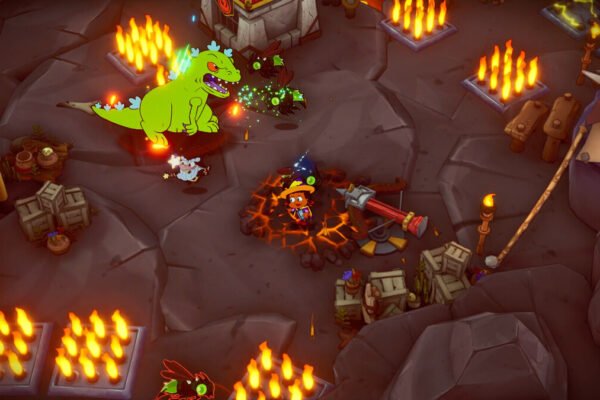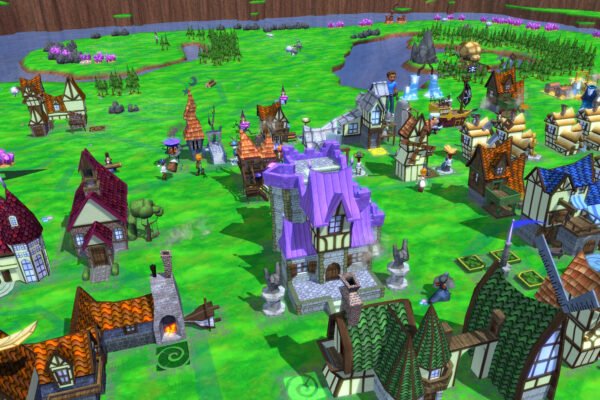This review follows Output Lag’s comprehensive review methodology.
About Atelier Resleriana: The Red Alchemist & the White Guardian
- Developer
- Gust, KOEI TECMO
- Publisher
- KOEI TECMO
- Release Date
- September 25, 2025
- Platforms
The first time I stepped into the main city in Atelier Resleriana, Hallfein, I thought I’d loaded the wrong game. The streets were empty, the windows boarded up, and the once-cheerful world Atelier games are known for felt drained of color. It’s a jarring start for a series known for warmth and whimsy, but that’s the point. Atelier Resleriana: The Red Alchemist & the White Guardian opens not with optimism, but with aftermath; that of a city on the edge of forgetting itself, and two wanderers trying to rebuild what’s been lost. It doesn’t take long to realize that this is Gust’s most melancholic Atelier yet, and that’s a welcome change.
And yet, somehow, it’s also one of the most hopeful. Resleriana isn’t a reboot or a rehash of its mobile namesake. It’s a completely standalone story that blends the series’ slow-burn charm with surprisingly grounded themes of community and persistence. You’re not saving kingdoms in this entry; you’re fixing storefronts, rekindling friendships, and rediscovering the magic in mundane work. It’s cozy in the way an old sweater is cozy. Patched and imperfect, but unmistakably familiar. After a few hours, I stopped worrying about how “big” the story felt and started caring about whether the baker’s roof would finally get repaired. That’s Resleriana’s real alchemy: turning routine into meaning.
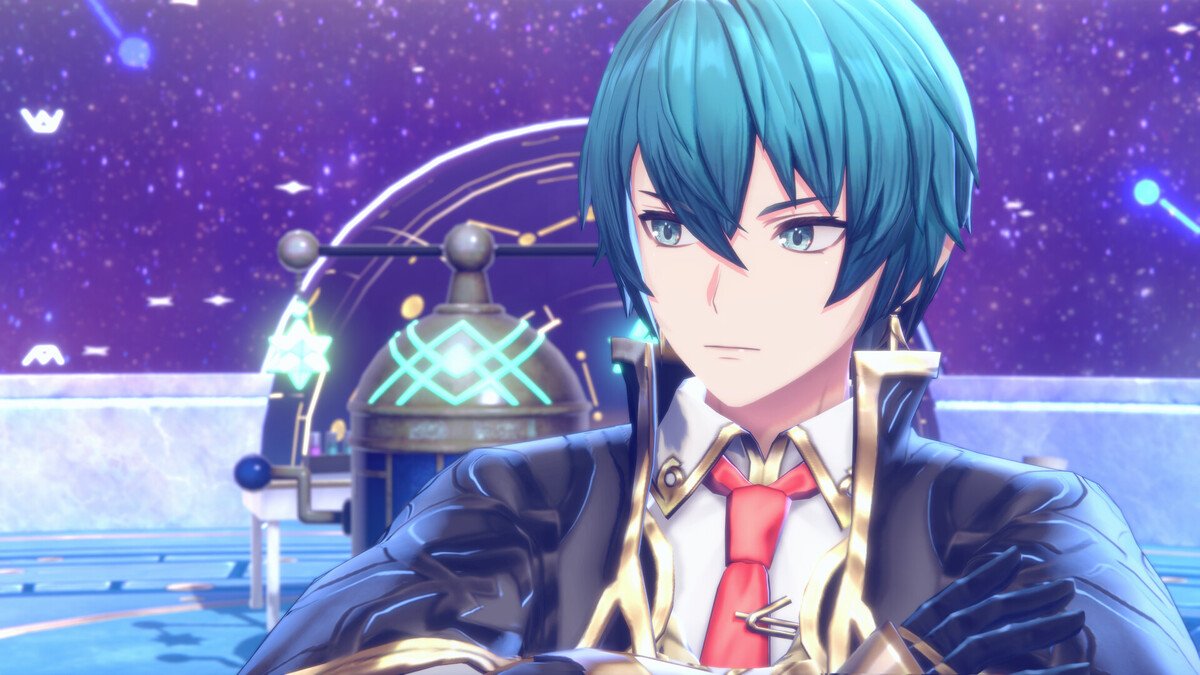
Two Heroes and a Town in Ruin
Atelier Resleriana opens with two leads: Rias Eidreise, an upbeat red-haired alchemist determined to restore her family’s reputation, and Slade Clauslyter, a battle-worn guardian who’s quietly haunted by his past. Their paths cross in Hallfein, a mining town reduced to rubble and ash after a mysterious calamity. My first stroll through its ruins set the tone: a somber piano theme played while dust and debris scattered across empty streets, and I knew this Atelier wasn’t content to just be cozy like previous titles in the series.
It’s all about rebuilding Hallfein. Every new potion brewed, weapon forged, or customer served directly feeds back into the town’s revival. You’ll watch as buildings return to life; the blacksmith reopening, the apothecary expanding, and children slowly reappearing in the streets. All of this makes progression feel tangible in a way few RPGs manage. Instead of saving the world, you’re fixing one corner of it.
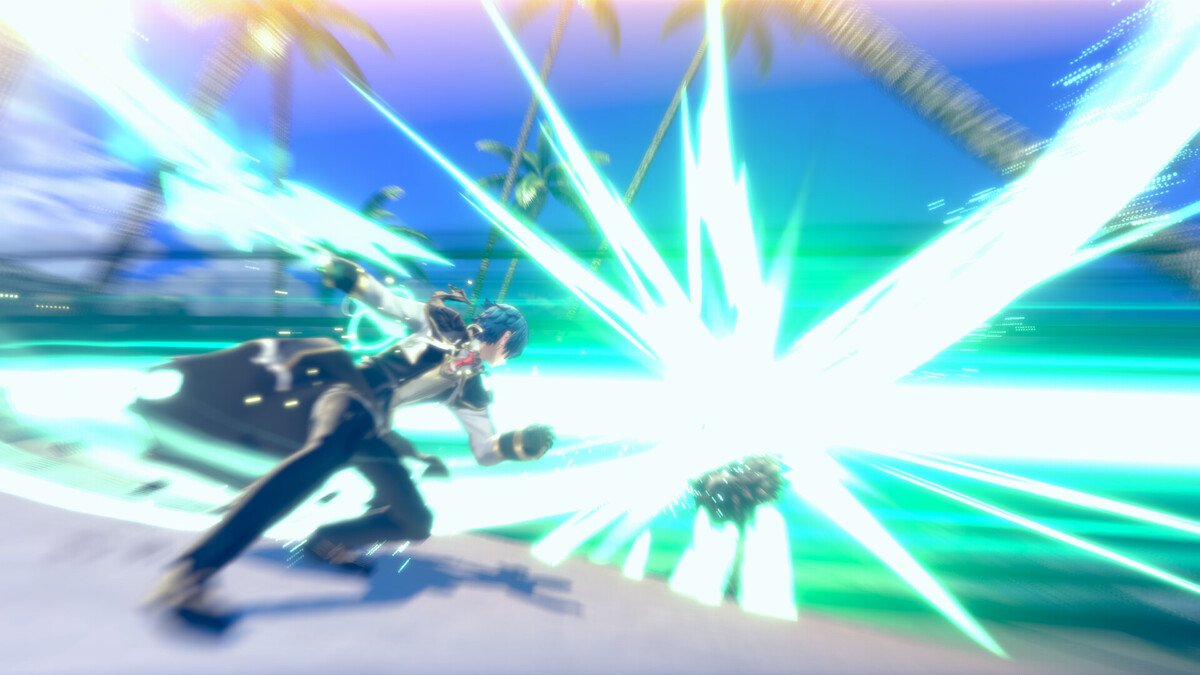
Alchemy as a Living Puzzle
Synthesis has always been the lifeblood of Atelier, and here it finds a comfortable middle ground between depth and accessibility. In my first few hours, I brewed the usual beginner’s fare: Healing Drops, Bombs, a few odd trinkets. But it wasn’t long before the system started flexing and expanding in depth. Each ingredient carries colored “gifts” that link together like threads across a circular grid. Matching colors strengthens properties, while catalysts can twist recipes entirely.
One night I spent nearly an hour perfecting a single set of Ice Bombs for Slade, swapping out ores and monster shells to chase a rare “Frostburst” trait. When it finally clicked, the result shimmered with a golden border and that signature Atelier chime that never fails to trigger dopamine. The crafting is not as daunting as older entries like Atelier Lulua, but it’s still deep enough to reward experimentation.
The only caveat here: luck still plays its hand. Traits don’t always land where you want them, and sometimes it feels like rerolling for perfection rather than crafting through intellect. Still, when the cauldron bubbles over and that success fanfare hits, the minor frustrations melt away.
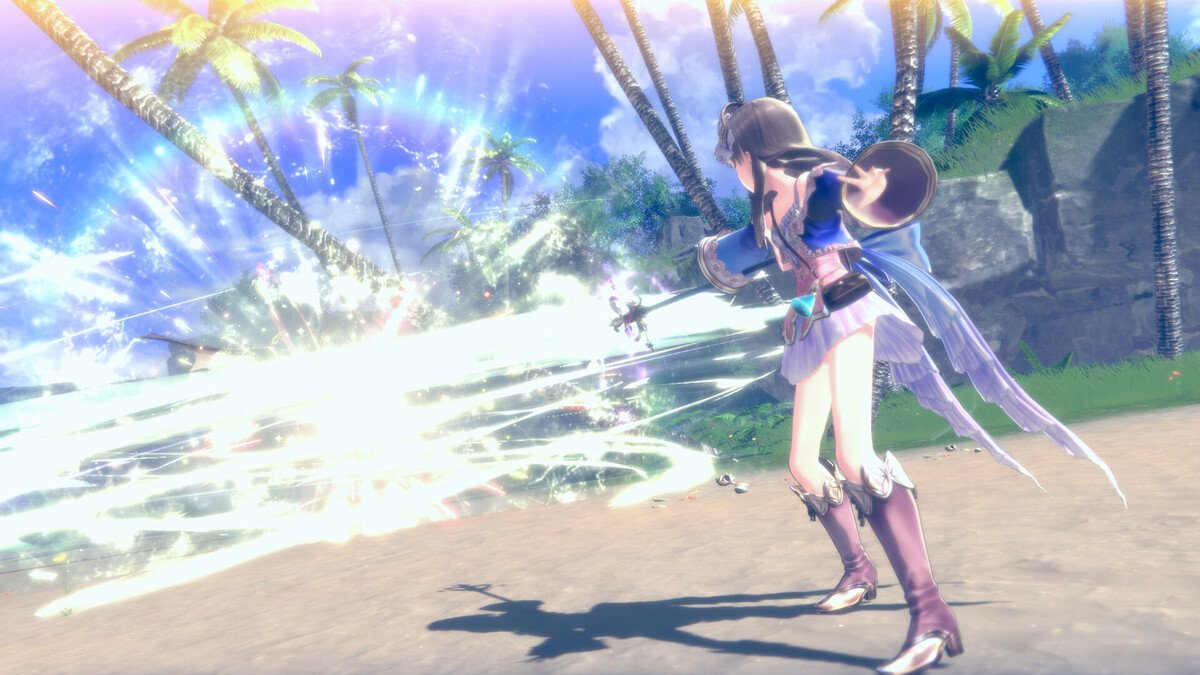
Turn-based Combat That Rewards Timing
Combat uses a timeline system that determines turn order, positioning, and opportunities for combo chains. The first time I pulled off a perfect Unite Burst by chaining Rias’s Flame Tide into Slade’s Sentinel Strike, and stunning an enemy just before its special, I actually laughed out loud. The rhythm feels right. There’s tension in waiting for your slot on the bar to align, then releasing a skill at the exact moment to bump an enemy out of their own action.
Each character only has a handful of abilities, but they’re designed to complement one another. Rias focuses on elemental offense and item use; Slade acts as the tank with counter skills and guard buffs; later allies introduce healing auras or delayed-effect attacks. Boss battles, especially in the second act, demand understanding of tempo and gauge management rather than pure level grinding.
That said, regular encounters can get repetitive once you find a comfortable rotation. I often autopiloted through basic fights just to gather materials. The strategic joy only really shines in set-piece duels or tougher “Dimensional Paths” dungeons where resource management actually matters.
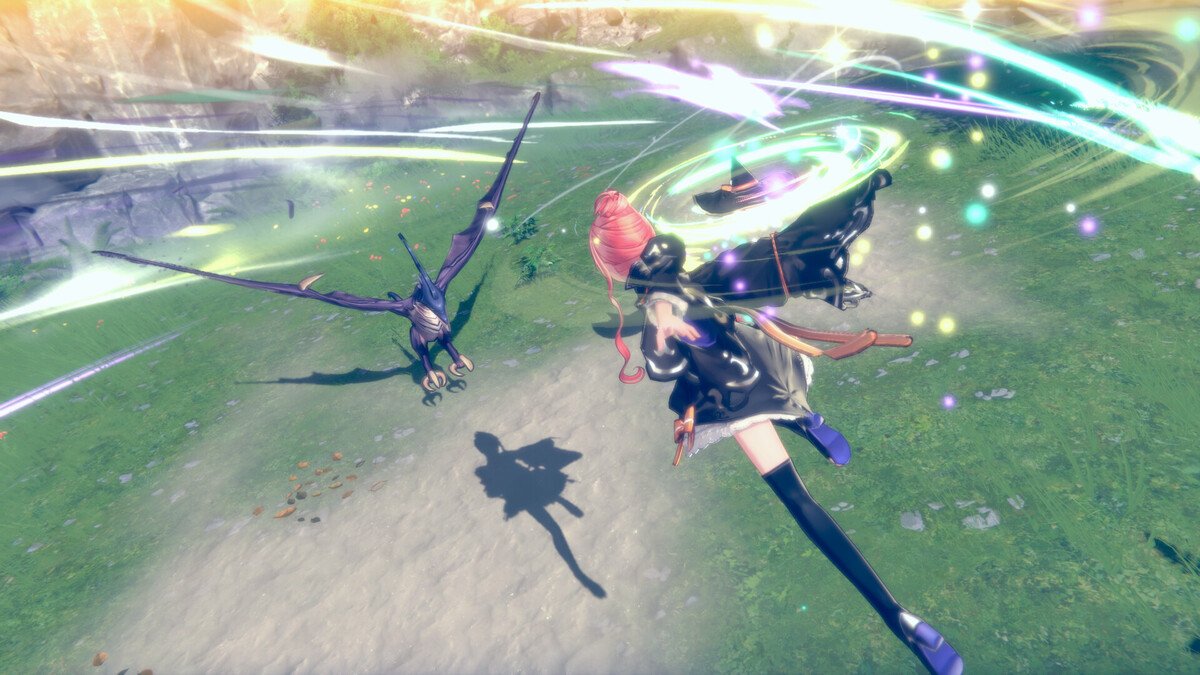
Exploration and Restoration
Between missions, I’d wander the outskirts of Hallfein and its forests dusted with fog, riverbanks glimmering with alchemical minerals. Gathering is frictionless: Rias twirls her staff, sparkles scatter, and the loot simply pockets itself. The simplicity fits the tone, though sometimes I missed the tactile map exploration of Atelier Ryza 3.
What really clicks, though, is how interconnected everything feels. Finishing a dungeon yielded new reagents, which fed into synthesis, which stocked my shop, which boosted the district’s prosperity score, which in turn unlocked another dungeon. That circular flow is classic Atelier, but it’s never been this cohesive. The act of returning home to sell what you’ve made and see Hallfein inch closer to life became my quiet nightly ritual.
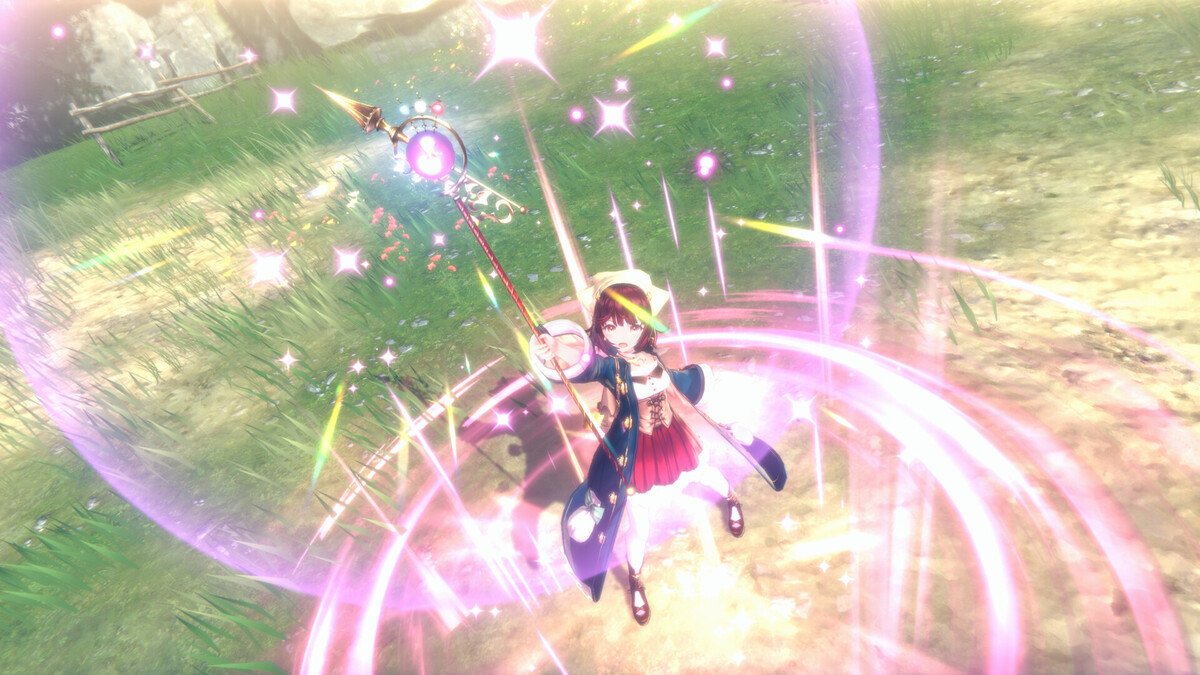
An Eye for Comfort
Visually, The Red Alchemist & the White Guardian might be the prettiest Atelier yet. The lighting gives every scene a watercolor softness, while characters move with expressive subtlety, like Rias fidgeting with her gloves when nervous or Slade’s coat swaying just enough to feel weighted. On PS5, the frame rate seemed to stay steady at 60 FPS even with particle effects and HDR on, and load times were almost nonexistent.
The sound design deserves equal praise. The chime of vials, the whisper of parchment, and the warmth of the orchestral score all reinforce the sense of intimacy. One early scene, where Rias experiments late at night and hums to herself in the glow of the cauldron, captured the heart of the series better than any exposition could. It’s great to see Gust pushing the Atelier series in more ways than just its core gameplay loop.
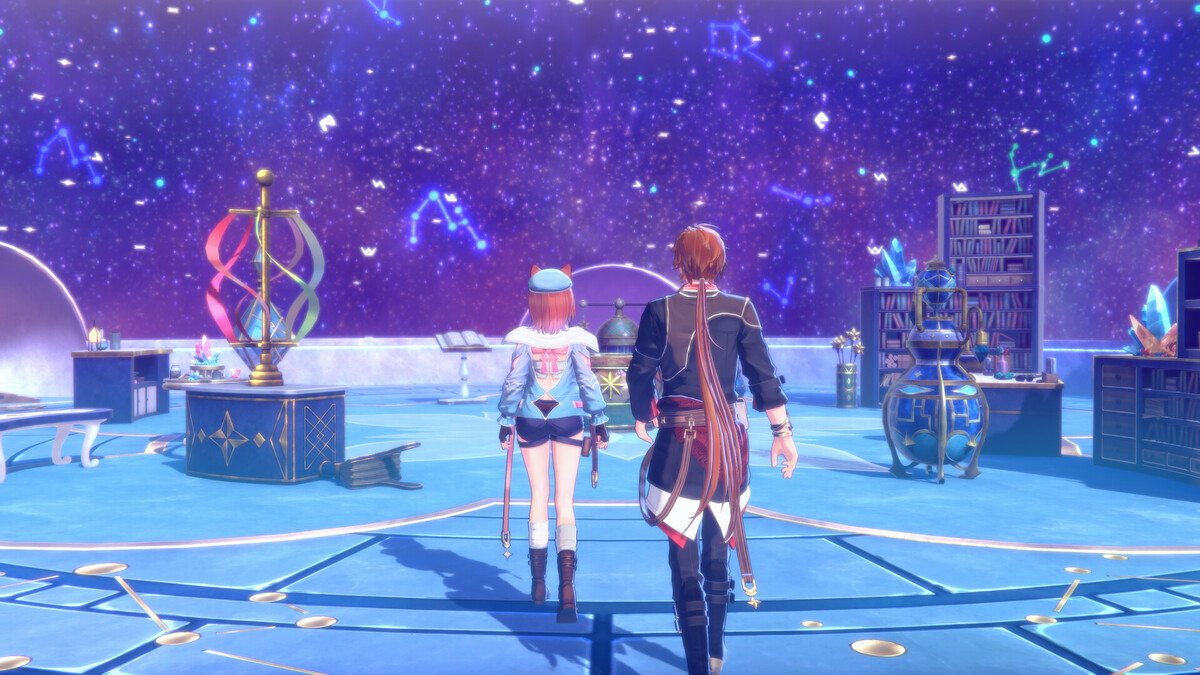
The Grind Sets In
Not everything sings. As much as I loved watching Hallfein rebuild, the game has a habit of slowing itself down. Story progression often halts behind arbitrary “development ranks” or ingredient quotas. There were moments when I just wanted to push the plot forward, only to realize I needed to craft five new tools or raise the shop’s fame before the next chapter unlocked.
And while the alchemy loop is satisfying, it’s also susceptible to fatigue. After twenty-plus hours, the randomization in synthesis began to blur the line between strategy and busywork. The same goes for enemy variety; reskinned beasts and elemental slimes return far too often. Nothing ruins a tranquil grind like unwanted déjà vu.
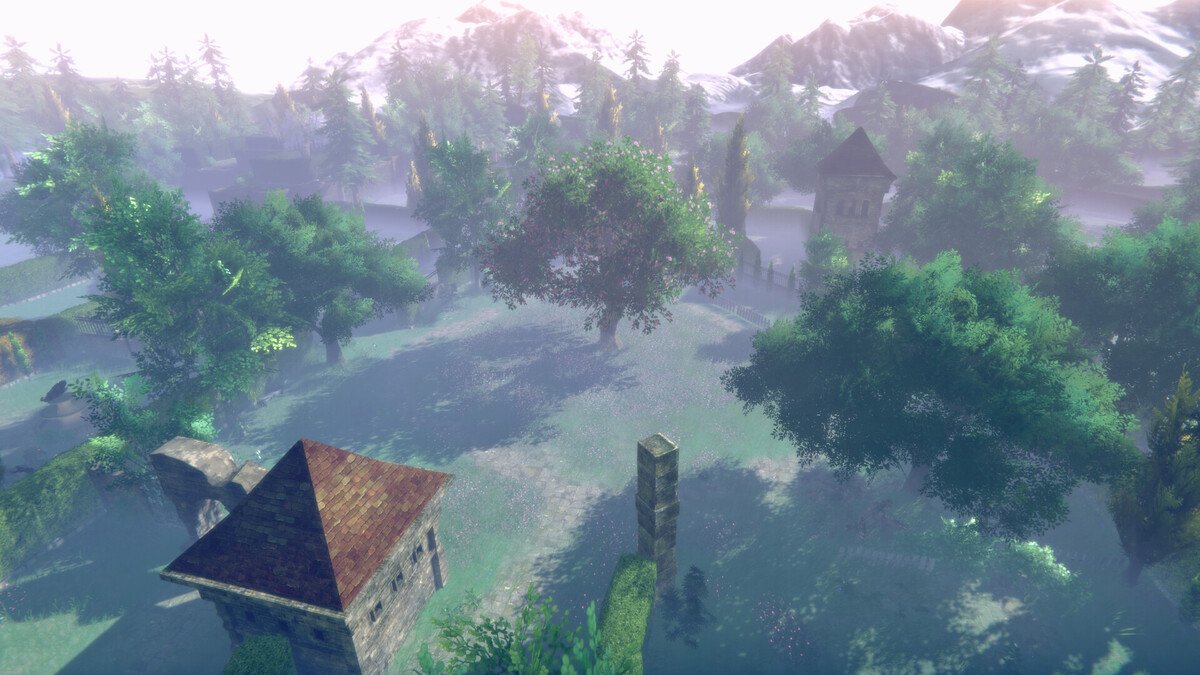
A Triumphant Alchemical Tale
Despite those bumps, I couldn’t help but fall for Resleriana. It’s a quieter game than it first appears, a tale less about grand adventure, and more about rebuilding community. I loved the small human details: the way townsfolk gradually change their dialogue as Hallfein prospers, or how Rias’s shop develops unique decor based on what you’ve been crafting most. Those little touches sell the illusion that your actions actually matter.
By the time credits rolled, my Hallfein was alive again with lights in the windows, laughter in the streets, and that sense of closure hit harder than any save-the-world climax. Gust’s writing team may stumble with pacing, but they still understand the magic of highlighting and detailing small victories.
Atelier Resleriana: The Red Alchemist & the White Guardian is a heartfelt, deliberate return to what makes this series special. Its pacing drags and its repetition shows, but few games reward curiosity and care quite like it. The alchemy sings, the town grows, and the characters feel real enough to linger after you’ve put the controller down.
This isn’t an Atelier about explosions or spectacle; it’s about mending, making, and believing that even a broken world can be rebuilt one potion at a time. And I’ve enjoyed my time diving into that world.
This review is based on a retail build of the game provided by the publisher.
